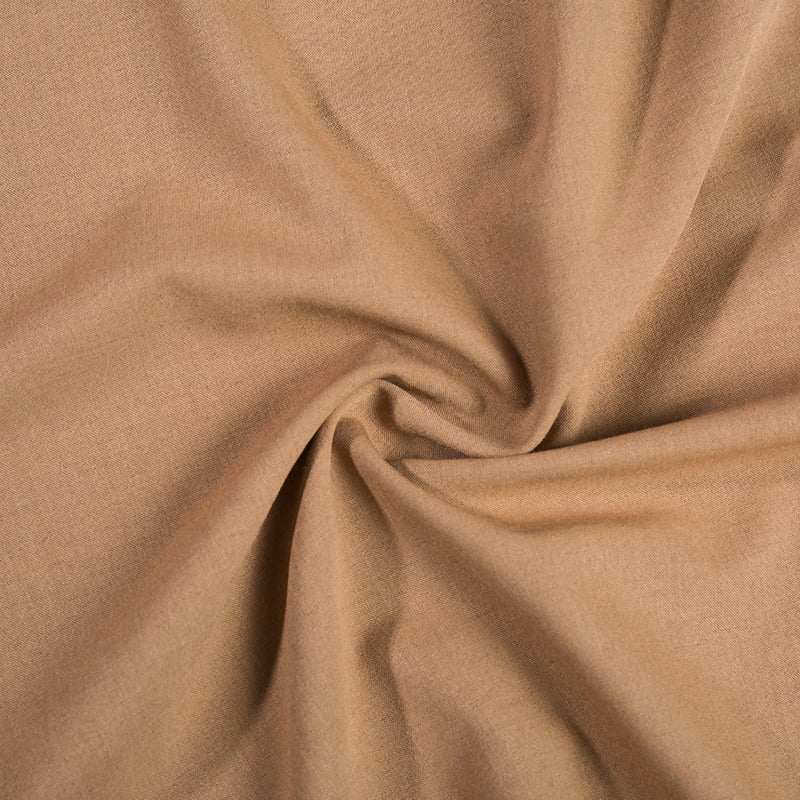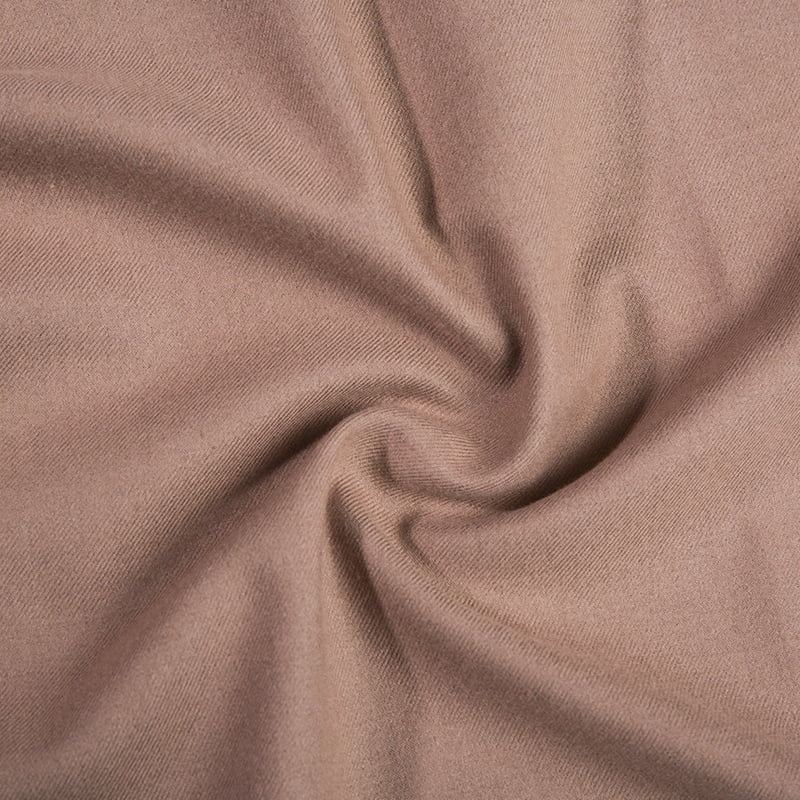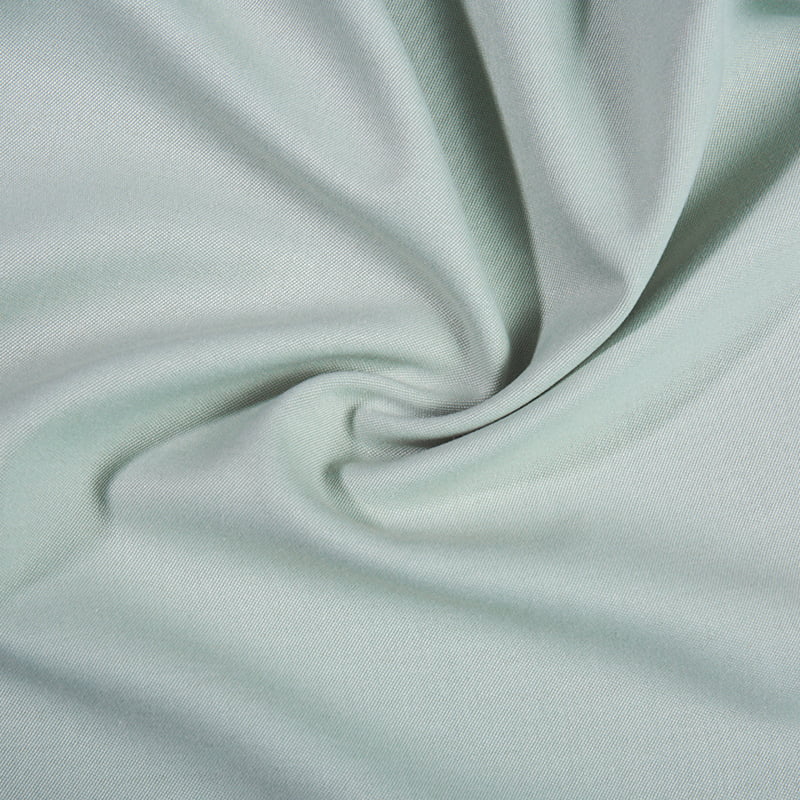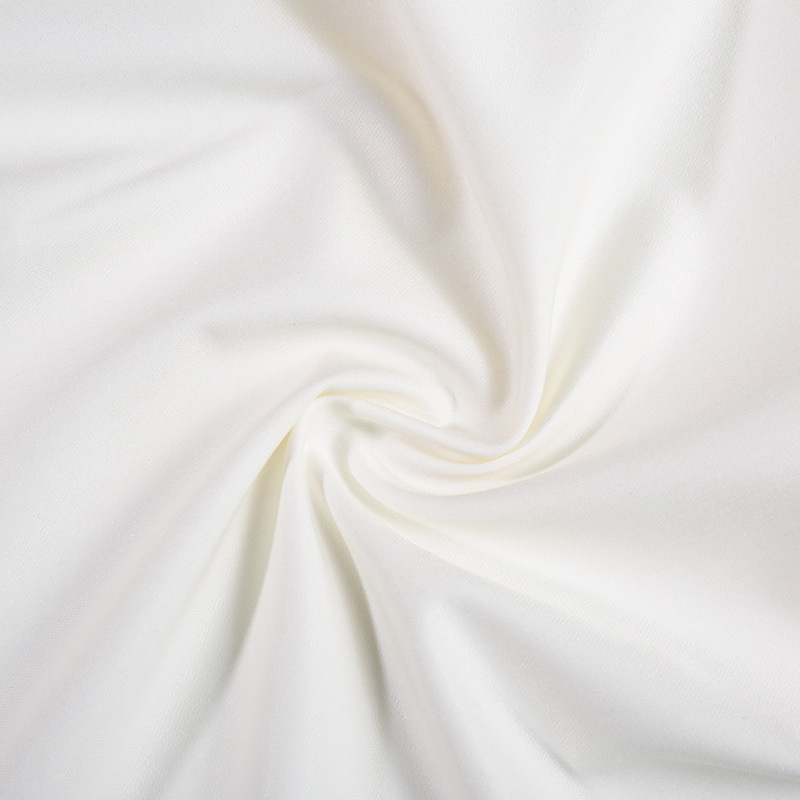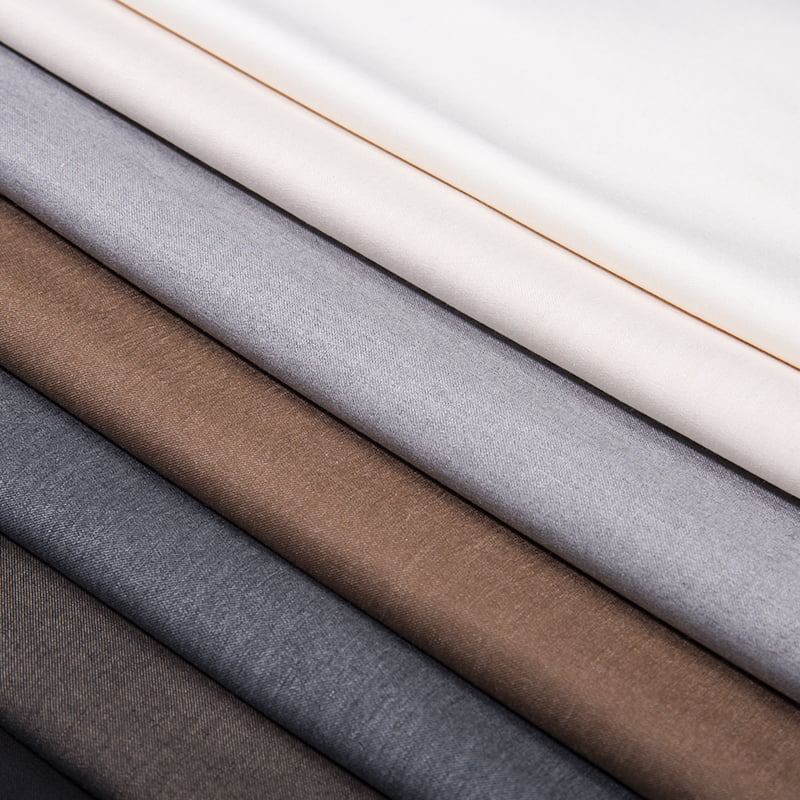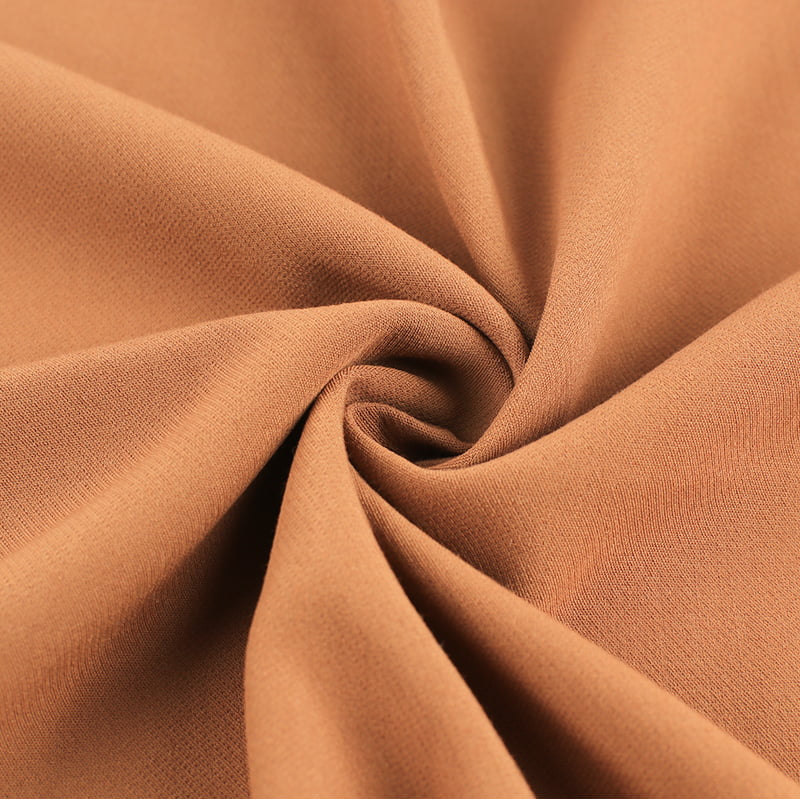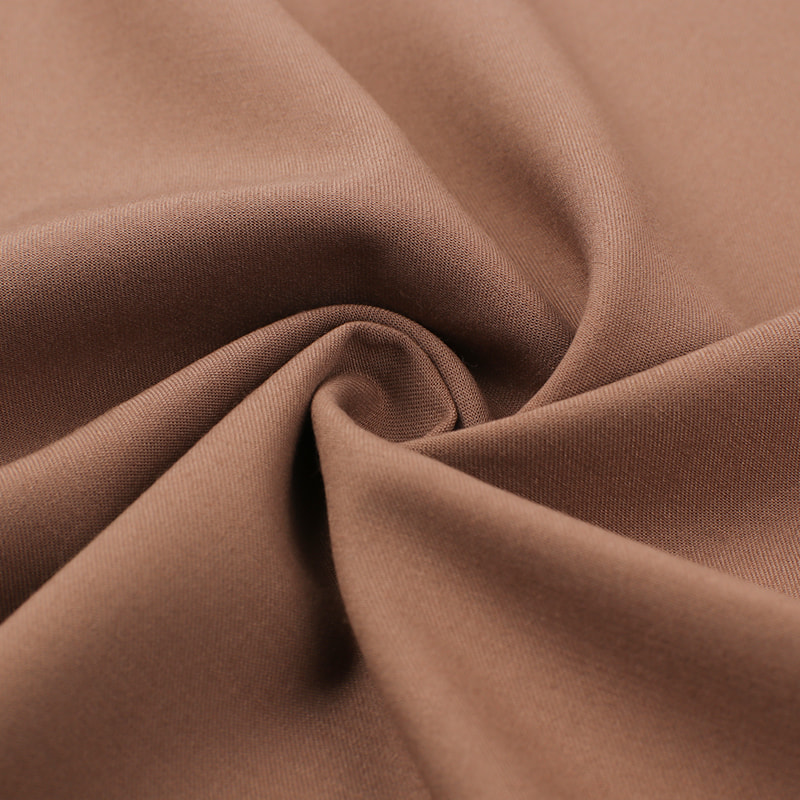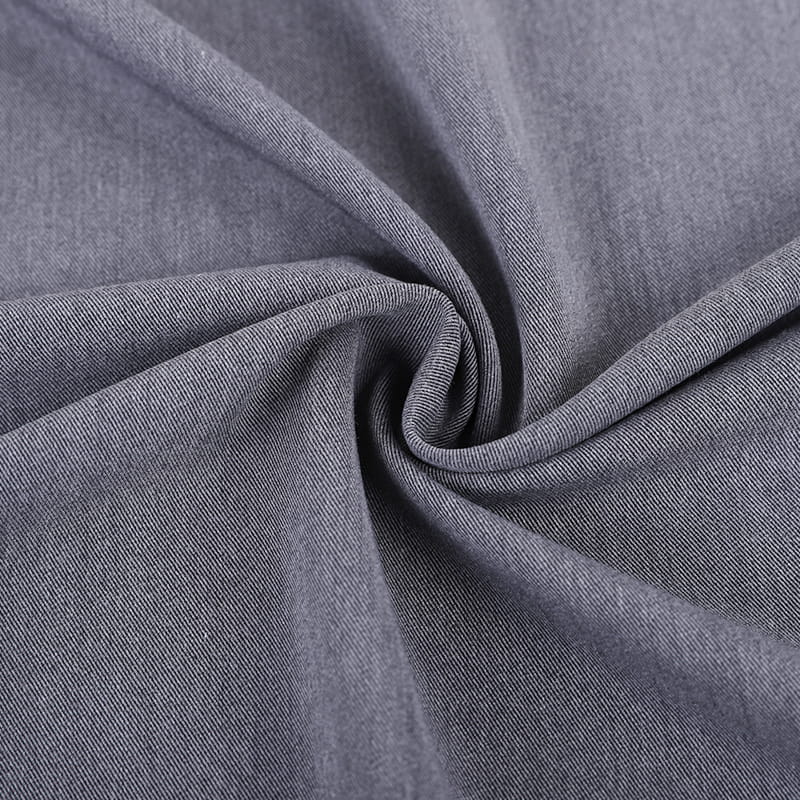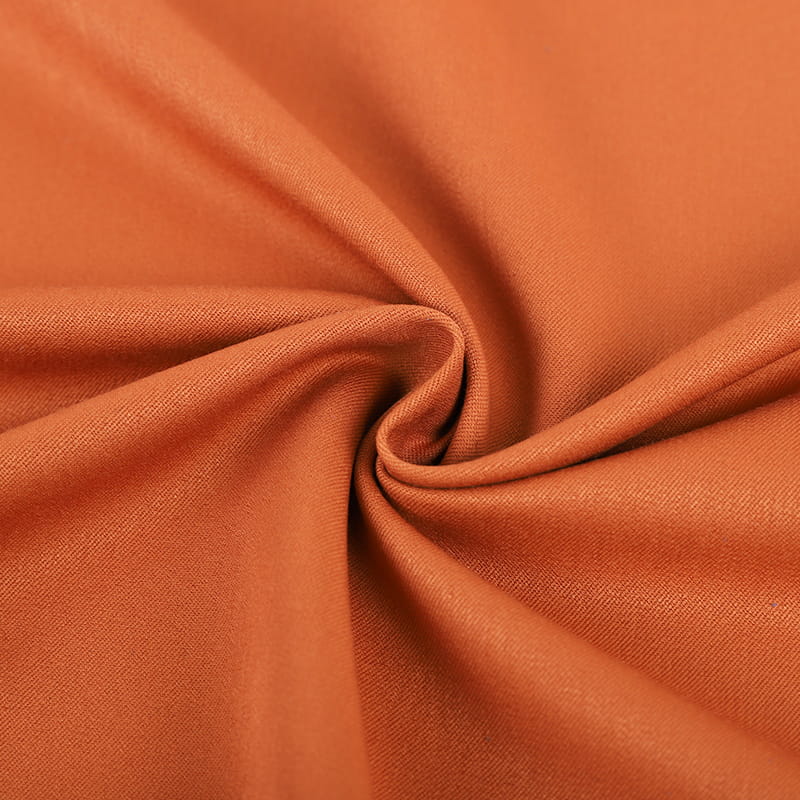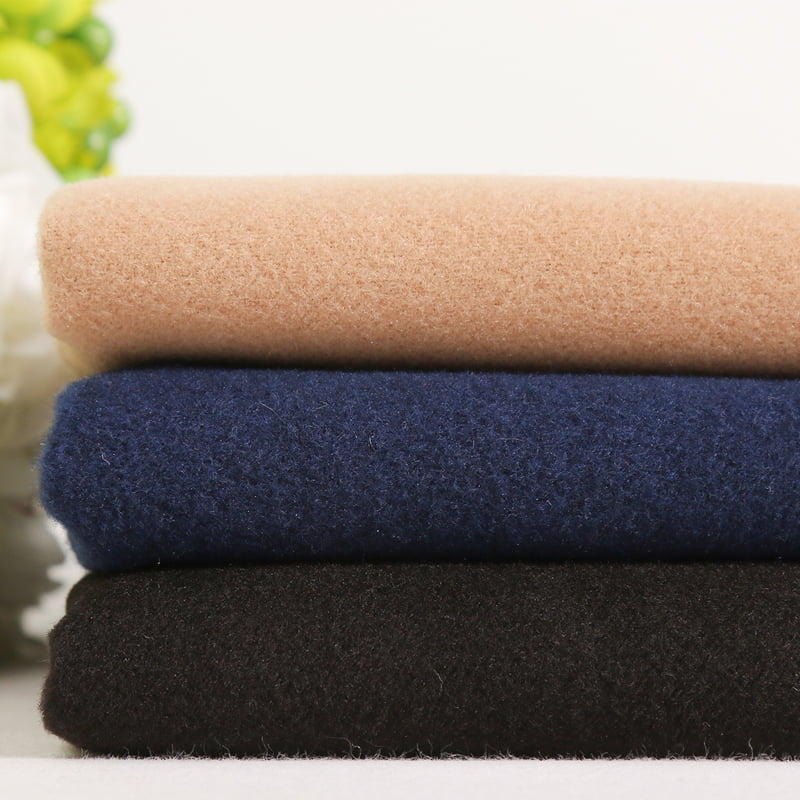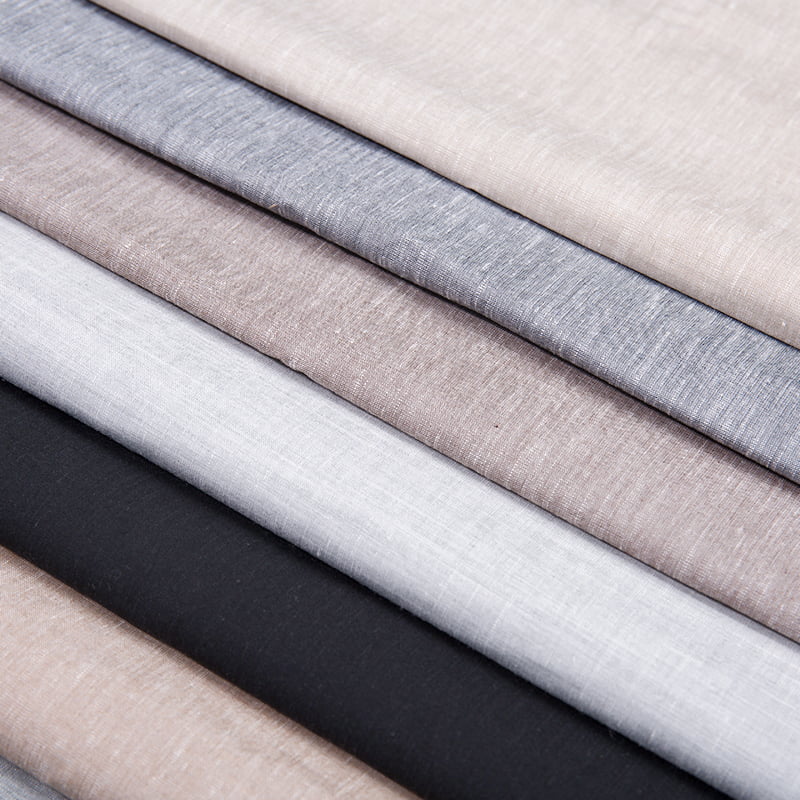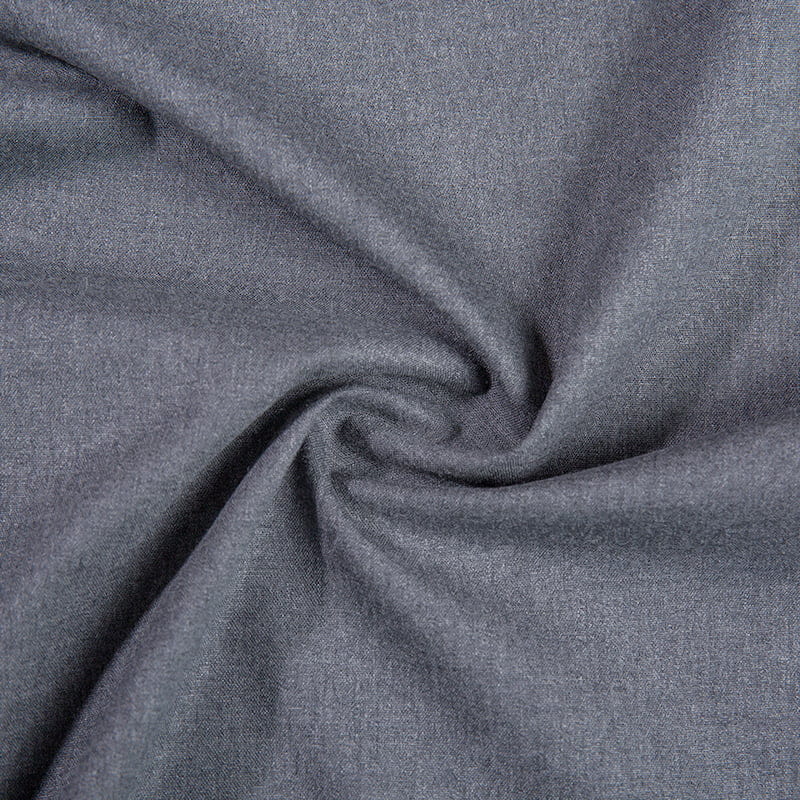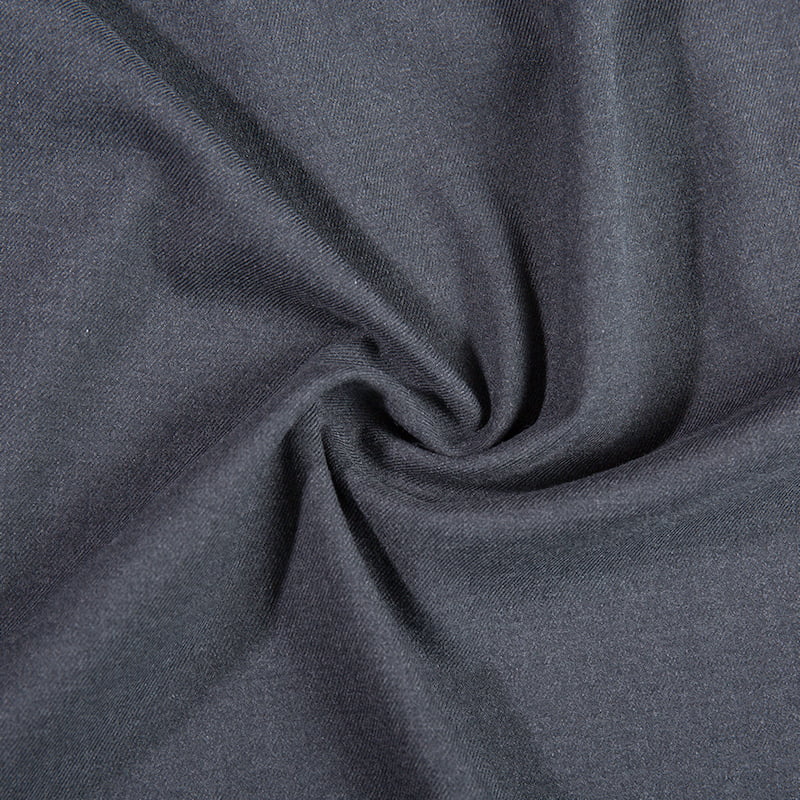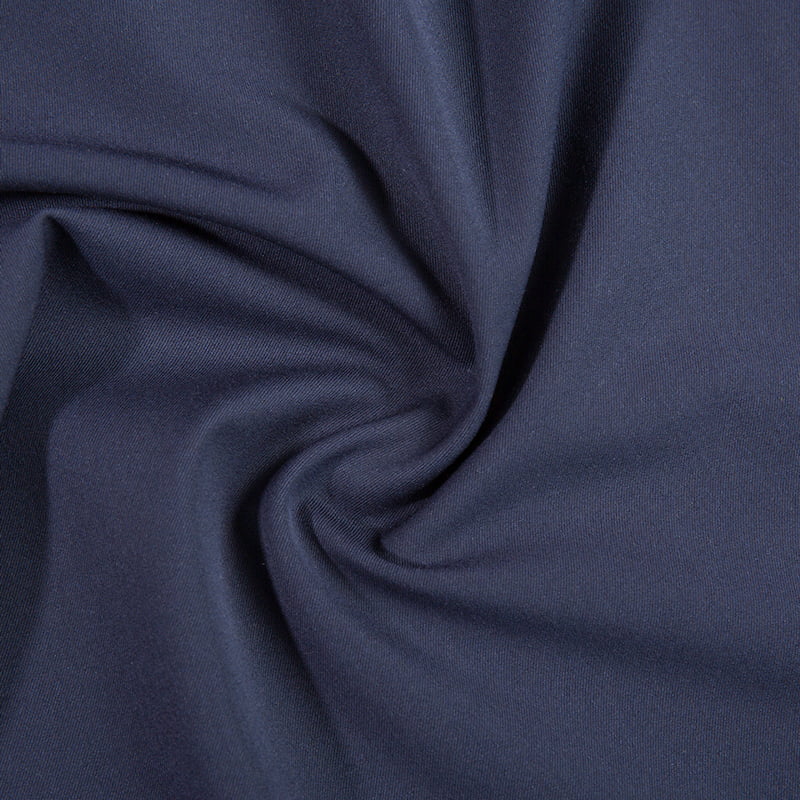When selecting fabrics for clothing or home textiles, consumers often inquire about the wrinkling tendency of TR fabrics. This article provides a professional, fact-based overview of TR fabrics' characteristics, focusing on their susceptibility to wrinkling, factors influencing this behavior, and practical care guidelines. TR fabrics, which are blends of Terylene (a type of polyester) and rayon, are widely used in the textile industry due to their combination of durability, comfort, and affordability. Understanding their properties can help users make informed decisions and maintain these fabrics effectively.
TR fabrics are composed of polyester and rayon fibers, typically in varying ratios such as 65% polyester and 35% rayon. Polyester is a synthetic fiber known for its resilience and resistance to wrinkling, while rayon, a semi-synthetic fiber made from cellulose, tends to be more prone to wrinkling due to its hydrophilic nature and lower elasticity. As a blend, TR fabrics exhibit intermediate wrinkling characteristics. The exact propensity to wrinkle depends on factors like the specific fiber ratio, fabric construction (e.g., weave type), and finishing treatments. For instance, higher polyester content generally reduces wrinkling, whereas higher rayon content may increase it. Additionally, the fabric's weight and texture—such as whether it is a lightweight twill or a heavier gabardine—can influence how easily wrinkles form during wear or storage.
Several factors contribute to the wrinkling of TR fabrics. Environmental conditions, such as humidity and heat, can cause rayon fibers to absorb moisture and swell, leading to creases. Mechanical stress from activities like sitting, folding, or packing also plays a role. From a textile science perspective, wrinkling occurs when fibers are bent or deformed beyond their elastic recovery point. Polyester fibers have good elastic recovery, meaning they can return to their original shape after bending, but rayon has poorer recovery, making it more susceptible to permanent wrinkles. In TR blends, the polyester component helps mitigate this, but the fabric may still develop wrinkles if not handled properly. It is worth noting that TR fabrics are generally less wrinkle-prone than pure rayon or cotton fabrics but may not match the anti-wrinkle performance of 100% polyester or specially treated materials.
To minimize wrinkling in TR fabrics, proper care and maintenance are essential. Here are evidence-based guidelines: First, follow care labels instructions carefully. For washing, use cold or lukewarm water and a gentle cycle to reduce fiber stress. Avoid overloading the washing machine, as friction between garments can cause wrinkles. After washing, remove TR fabrics promptly and shake them out to relax the fibers. For drying, air-drying flat or on a hanger is recommended to prevent creases; if using a dryer, select a low heat setting and remove items while slightly damp to ease ironing. Ironing should be done at a medium temperature setting (around 150-180°C or 300-350°F) with steam, as excessive heat can damage rayon fibers. Always iron on the reverse side or use a pressing cloth to protect the fabric's surface. For storage, hang TR garments rather than folding them to reduce long-term wrinkling.
TR fabrics have a moderate tendency to wrinkle due to their blend of polyester and rayon fibers. While not entirely wrinkle-proof, they offer a balance that makes them suitable for various applications, from business attire to casual wear. By understanding the factors that influence wrinkling and adhering to proper care practices, users can effectively manage and reduce wrinkles in TR fabrics. This approach ensures longevity and maintains the fabric's appearance, providing a practical solution for everyday use. Always refer to manufacturer guidelines for specific recommendations tailored to individual TR fabric products.


 English
English 中文简体
中文简体 日本語
日本語 한국어
한국어 Español
Español русский
русский


